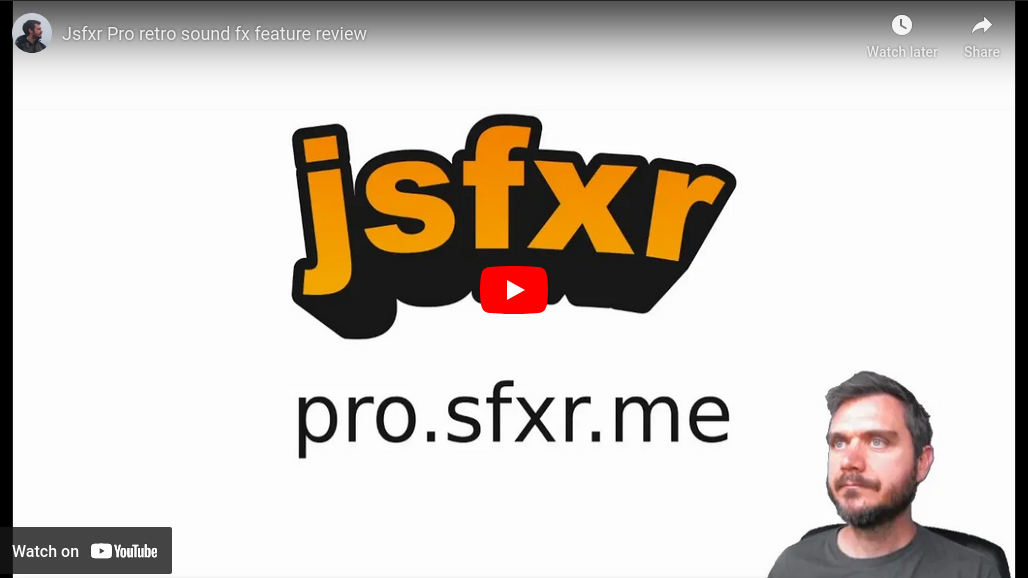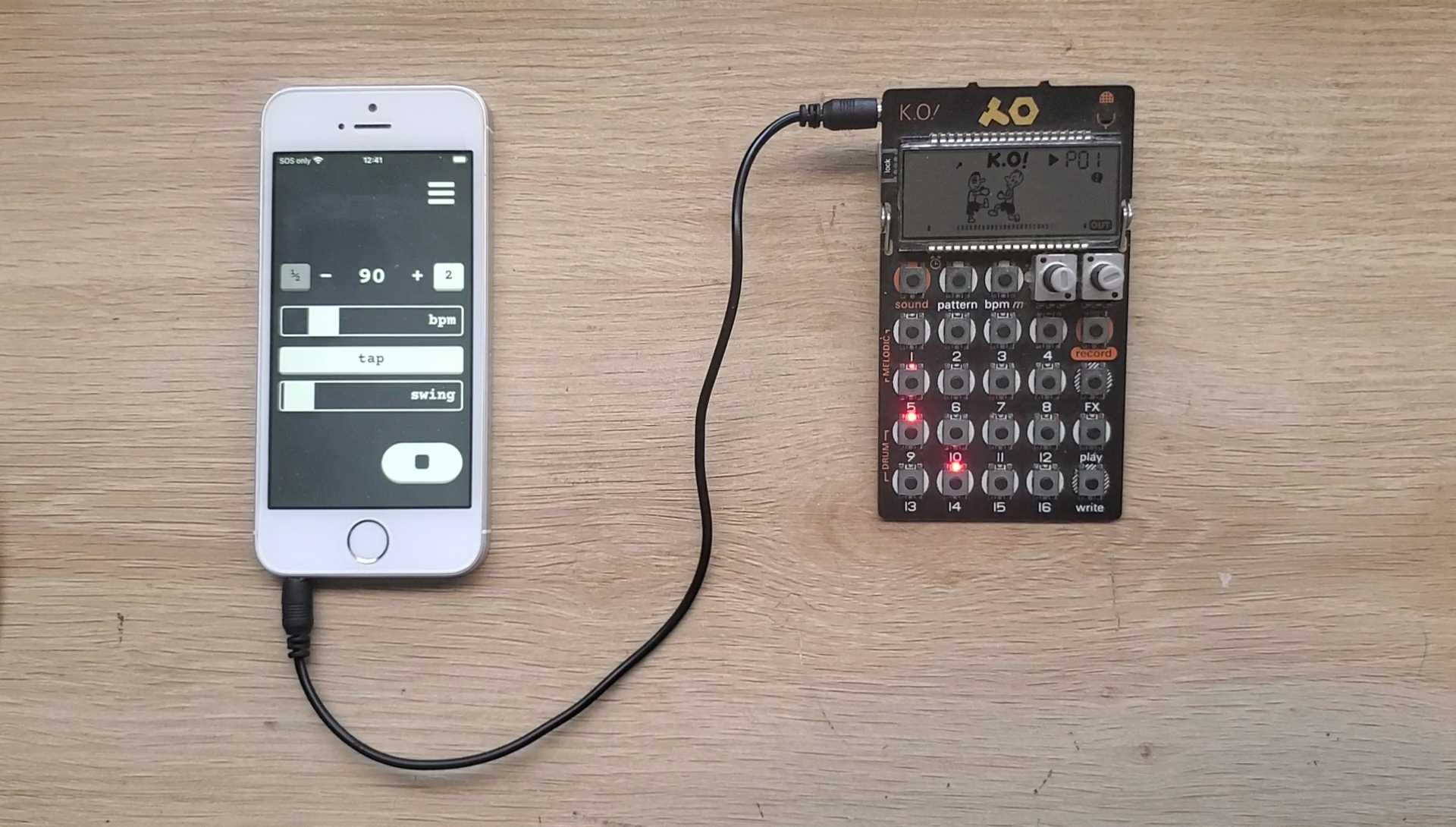Jsfxr Pro is a retro 8-bit sound effects generator for game developers and musicians. It's an enhanced version of the free sound effects generator at sfxr.me. To use it, you click the generators to create different sounds like power up, explosion, laser, coin, or jump. Then you can tweak the sounds using the sliders to get the exact sounds you want.
The main Pro feature is sound packs. You can organize your sounds into packs for different projects, games and game jams. The packs sync across devices, so you can access them from your laptop, phone, or wherever.
 Jsfxr Pro has been humming along for a couple of years now since I realased it at the end of 2022. People are using it every day to generate retro sound effects. Some of them sign up and subscribe for the Pro features. It's become a happy little micro-SaaS that runs itself.
Jsfxr Pro has been humming along for a couple of years now since I realased it at the end of 2022. People are using it every day to generate retro sound effects. Some of them sign up and subscribe for the Pro features. It's become a happy little micro-SaaS that runs itself.
Recently I spent a few weeks hacking on some new features and the update is finally out! 🎉
New Export Formats
You can now download your sounds in a few new formats, in addition to the standard WAV format:
- OGG - I love this versatile open format. It's great for web games and smaller file sizes.
- MP3 - This format is everywhere. It provides universal compatibility for any project.
- SFXR - Native .sfxr files can be imported into the original desktop sfxr program.
All formats are available for individual sound downloads as well as full pack downloads. You can customize the formats that get exported in the full pack zip download - WAV, SFXR, MP3, OGG files, or all of the above.
JSON Sound Editor
For people who want precise control over their sfxr sounds, there's now a JSON editor for the sound parameters. Click "Edit JSON" in the sound editor to view and modify the raw sound data directly. You can also copy the sound data and paste it into another session or into code if you're using the jsfxr npm library. This is great for tweaking exact values or copying sounds between projects.
Export All Your Data
You can also now download a complete backup of your account from the Account page. This includes all your sound packs, settings, and preferences in a single JSON file. I like it when platforms make it easy for me to get my data out and so I wanted this for Jsfxr Pro users too.
UI Improvements
I've added tooltips to all sliders explaining what each parameter does. Thanks to Phildo211 for the suggestion. I also made a bunch of different UI tweaks and fixes to make things snappier.
So that's all the new stuff. Note that Jsfxr Pro still doesn't collect any personal data beyond your email, which you use to login. No ads, no trackers. It's completely private forever.
Check it out at pro.sfxr.me. I hope you find it useful!
As always, if you have any feedback please do let me know. Thanks for reading. 🙏





